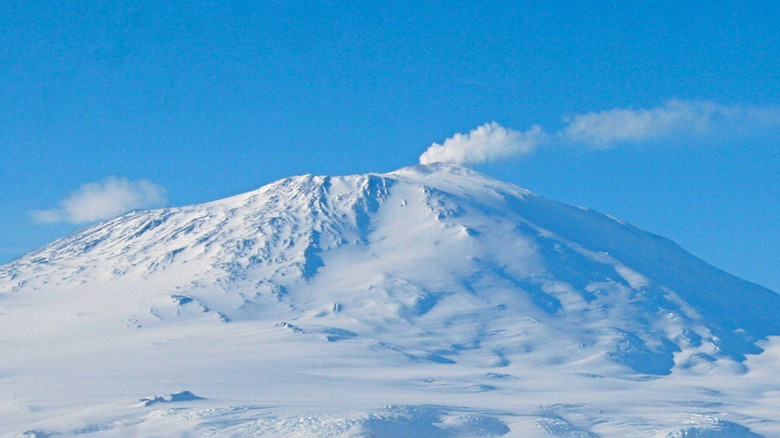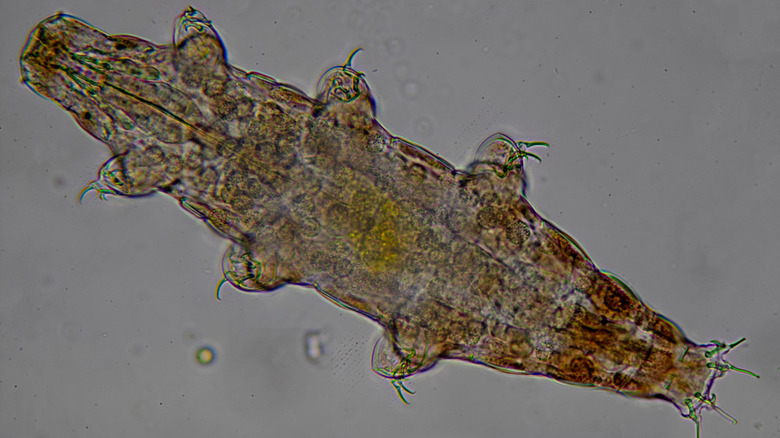The Truth About Antarctica's Snow Chimneys
There is far more to Antarctica than the massive ice sheets that cover it or the few animals that still call it home. For instance, fossil records have revealed that the continent once hosted complex ecosystems both before and after the Cretaceous–Paleogene extinction event. Until its relatively recent drift toward the south pole, Antarctica served as a land bridge between South America and Australia. This connection explains why marsupials exist on both continents despite their immense distance from each other (via The New York Times).
However, Antarctica's secrets are not limited to what it once was. To this day, the qualities of its present state surprise both casual observers and scientists. For example, its Blood Falls continue to fascinate for its once-mysterious red color, which is now believed to be due to iron rather than algae. Meanwhile, those who expect to experience a calm landscape may be in for a rude awakening if they find themselves near one of the region's 100-plus volcanoes (via NASA).
The coldest continent on Earth can be a place of immense heat
While Antarctica is covered in thick ice sheets, it also contains one of the most volcanically active regions on Earth (via NASA). In 2006, Mount Erebus, one of Antarctica's largest volcanoes, surprised researchers who were documenting its recent activity with a massive eruption (via Smithsonian). Scalding debris was ejected above a massive lake of lava in stark contrast to the ice sheet it escaped from. But arguably the strangest features documented during this event were the snow chimneys that surrounded the opening of Erebus.
These structures vent heat from the lava below and can reach heights of 60 feet. They form when steam escaping the ice sheet re-freezes as it billows and becomes hollowed out as new gas continues to pour out. According to the United States Antarctic Program, these chimneys hold great significance to climate research as they provide vital information regarding the addition of volcanic gases — such as carbon dioxide — to the atmosphere. They also serve as windows into the ecosystems of microbial life — such as tardigrades (pictured above) — that might be able to exist within these subterranean furnaces (via EarthRef).

